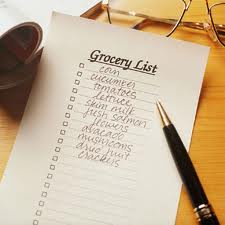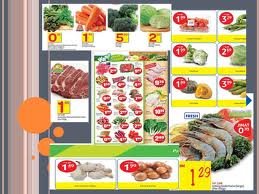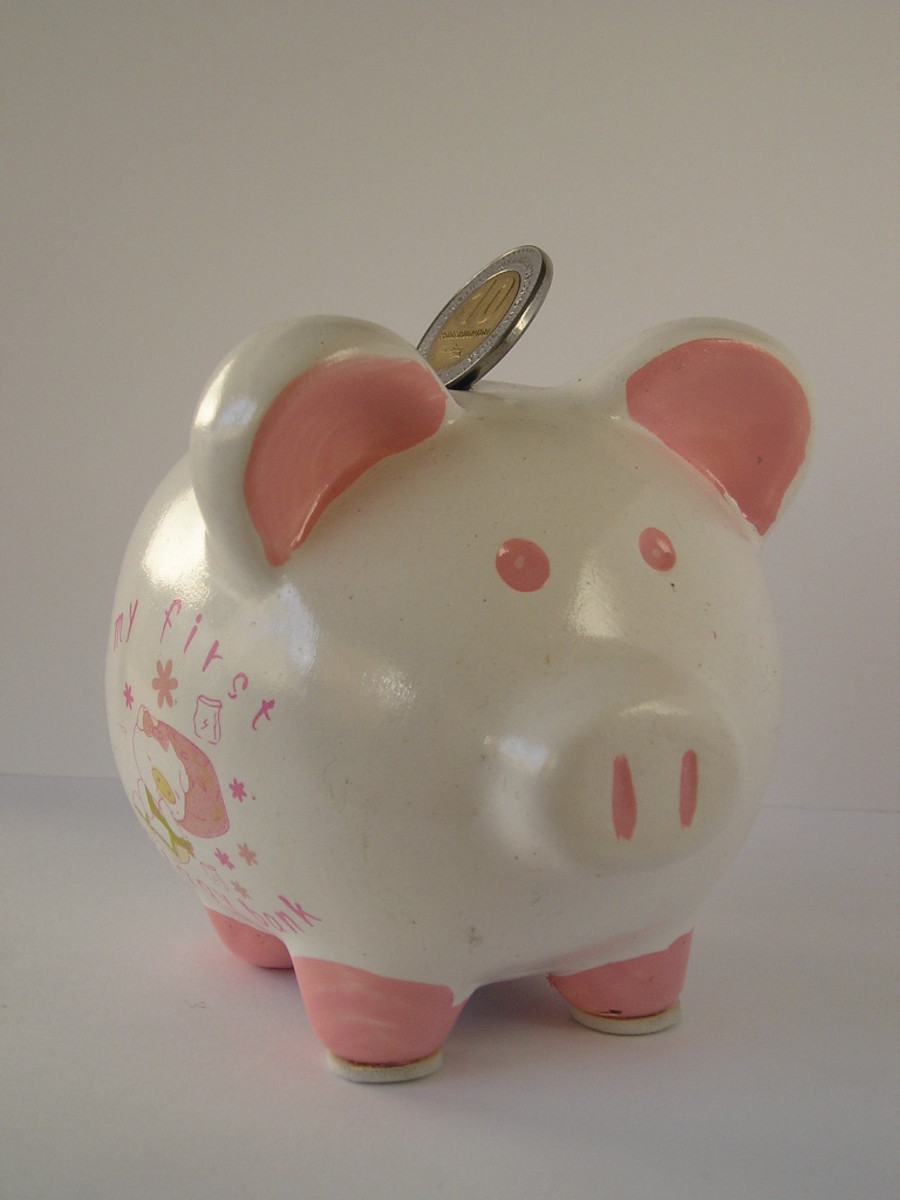Be a Savvy Shopper

In Malaysia, as our Domestic Trade Cooperatives and Consumerism Ministry has been withdrawing subsidies and price control for various items such as sugar, bread, flour, petrol etc for the past few years, we cannot afford to undermine the escalating prices around us. Blaming or changing the government will not overcome this problem. We have to modify our spending habit to strength the power of our money.
We need to be more thrifty and discerning when we go shopping. As we grip our purses and wallet tighter, competition gets tough for the retailers who want a share of our hard-earn cash. It will not be surprising to see sales, discounts and bargains throughout the year for various goods.
Manufacturers can be really innovative when it comes to marketing their products. Therefore, as a consumer, I believe when it comes to shopping, we need to open our eyes and our mouth. We need to gather information to compare price intelligently and ask questions. Don’t be duped by the attractive packaging or special offer highlighted. Check the terms and conditions of the special offer and ask if it does not seem clear to you. If you found that the offer is not as good as you expect when you are at the check-out counter, be prepared to leave the item behind. You should not need to feel pressured to pay for something your do not feel fair to purchase.
Take grocery shopping as an example. Similar products with different flavours could be selling at different prices. Brand X’s strawberry jam could be selling at RM4.80 for a 250g bottle but the mixed fruit jam is only RM4.50. This is because manufacturers often try to push less popular flavours by marking down the price.
Another common tactic is the cheaper pricing for larger-sized items compared to a smaller packaging. But do you realize, at times, a two-litre packaging can work out to be cheaper than a three-litre one? Always do your maths to ensure you get every litre of your money’s worth.
One more marketing gimmick you need to be aware of is the additional discount targeted to members, e.g. 3 days only – additional 10% discount if you are a member. Inside the store, separate price tags are displayed on the selves stating “20% + 10%” or “40% + 10%”. 20% + 10% discount will work out to be around an actual discount of 28% only, not the full 30% discount. First, 20% is deducted from the original price, then another 10% will be taken off the discounted price.
With so many ‘traps’ set in the retail place today, it does pay to be a little careful and cautious. If you do not want to be seen whipping out your calculator from one aisle to the other, you can use the calculator in your mobile phone.
Make it a habit to read the fine print. The manufacturers are obliged to put up as much information of the product to allow us to make the right decision. Do not give up your rights to the information. With practice you will become speedier and smarter at choosing the right bargain.

More Good Shopping Habits
1. Make a list. Going to grocery shopping with a list will help you stay focus. It will help to keep you from picking one too many unnecessary items.
2. Don’t bring your kids. Otherwise you will find candies, chocolates, toys and junk food in your cart.
3. Buy what is in season. Go for fruits and vegetables that are in season. When supply is high, the price is lower.

4. Research and compare. Hypermarket chains often have a price leader to draw shoppers in but a quick check on other essentials could prove to be more expensive then the one next door. Moreover, there is always a limit on how many you can purchase. So, check the flyers and brochures and plan before you go.
5. Brand. Branded goods are more expensive because they spend more on marketing, which translates as costs to the consumer. So, check out the store brands. In-house products may not be as fancy but they are cheaper and of similar quality.
6. Coupons and vouchers. If you comes across them, read the terms and conditions carefully as there is often a short time frame to put in use. If a customer service number is printed on it, call and verify the deal to prevent misunderstanding and disappointment. Some of them are real deals.
7. Time. The longer you’re in the store, the more you end up buying. This is why the shopping list comes in handy. Get in and get out fast!








